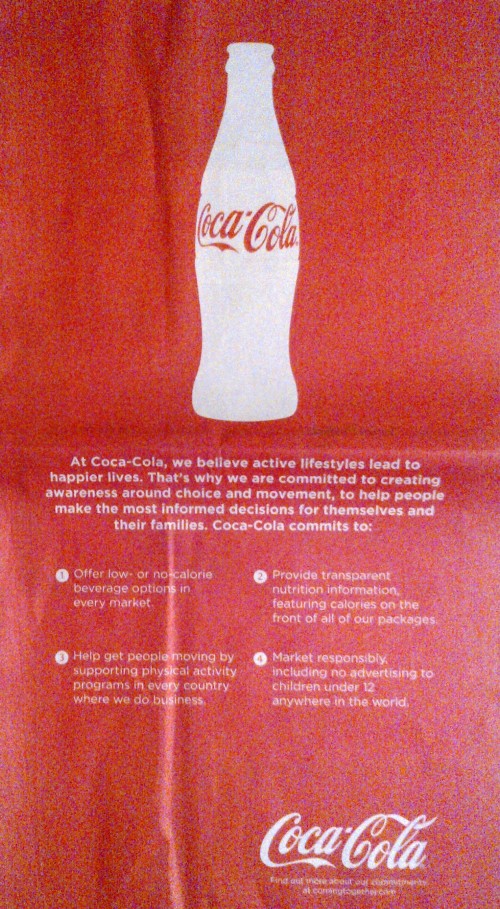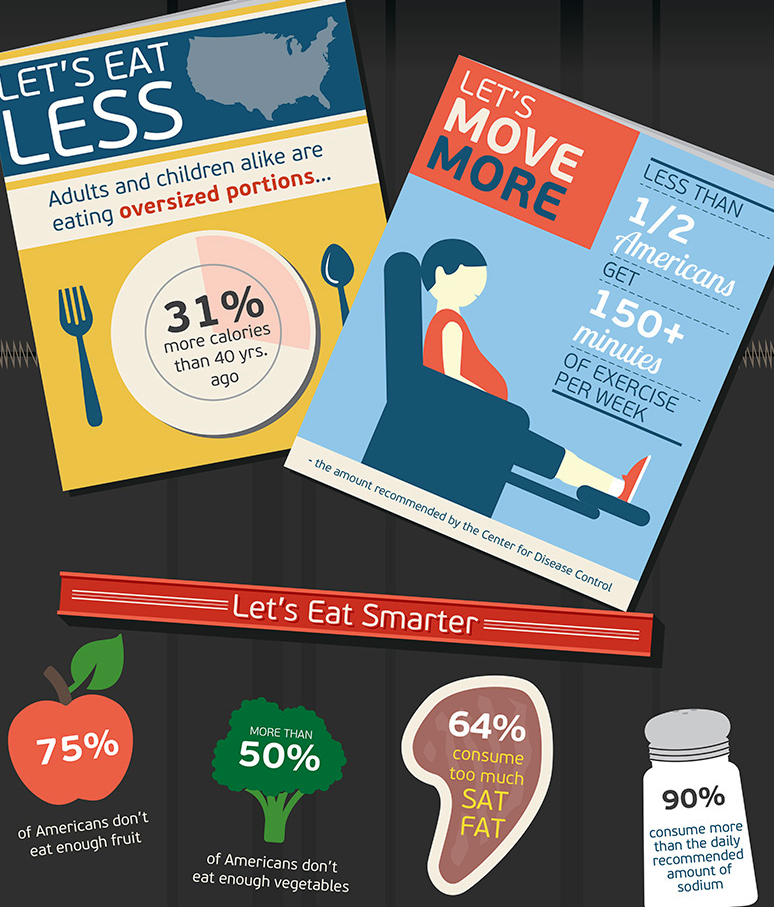The farm bill’s nutrition efforts: practically irrelevant to SNAP
SNAP, the Supplemental Nutrition Assistance Program, is funded by Title IV in the farm bill, currently under consideration in Congress. It accounts for about 80% of the total farm bill funding, and costs taxpayers about $80 billion a year.
SNAP is an entitlement, which means that everyone who qualifies gets benefits—unless Congress changes that. So far, all it is doing is trying to cut budget.
Although SNAP is under the Nutrition title, little about the program is designed to improve the nutrition and health of participants. But the farm bill has plenty to say about nutrition—just not for SNAP participants.
Much of the Senate version of the Nutrition Title is about continued funding for food assistance programs other than SNAP:
- The Commodity Supplemental Food Program (CSFP)
- The Emergency Food Assistance Program (TEFAP) which mainly works through food banks
- The Department of Defense Fresh Program (fresh foods to schools and service institutions)
- Agriculture Marketing Service pilot programs in states for to source local foods
- The Senior Farmers Market Nutrition Program (coupon exchange at farmers’ markets, roadside stands, and community supported agriculture programs).
- A new Pulse Products Program that encourages sampling of a variety of beans and peas for use in school meal programs (I suspect some lobbying here).
- A Healthy Food Financing Initiative to administer loans and grants to improve access to healthy foods in “food deserts.”
- The Fresh Fruit and Vegetables Program to provide free fresh fruits and vegetables to low-income elementary school children
- Grants to eligible nonprofit organizations to improve community access to food through school gardens programs and urban greenhouse initiatives
- A new Service and Learning program funded at $25 million in which members work in K-12 schools to engage children in experiential learning about agriculture, gardening, nutrition, cooking and where food comes from. [Wow! This one reads as if written to support FoodCorps—wouldn’t that be terrific!]
- Interagency taskforce to coordinate and direct programs that supply food to key nutrition programs like the Emergency Food Assistance Program and National School Lunch Program.
And here’s another one about the Dietary Guidelines for Americans of all things [whose bright idea was this?]:
- Not later than the 2020 report [the Dietary Guidelines for Americans] and in each report thereafter, the Secretaries [of USDA and HHS] shall include national nutritional and dietary information and guidelines for pregnant women and children from birth.
The Senate bill does have one useful, if poorly funded, piece directed at the health of SNAP participants, and another aimed at retailers:
- Grants to expand the purchase of fruits and vegetables by SNAP participants through programs like “Double Up Food Bucks.”
- Requires retailers who accept SNAP benefit payments to stock a wider range of healthful foods.
The House bill does more or less the same with the addition of:
- Grants for eligible nonprofit organizations seeking and developing innovative ways to improve community access to healthy foods.
Small-farm activist Ferd Hoefner, policy director at the National Sustainable Agriculture Coalition, said the quarrel over SNAP could rupture a long-standing partnership of rural and urban lawmakers who supported farm programs on the one hand, and public nutrition programs on the other.
“Is this the end of the farm bill coalition?” Hoefner said.
Is it? I wonder if we will ever have a Congress that puts a little vision into this bill and writes legislation to solve some of our country’s agriculture, poverty, and health problems, interconnected as they are.




